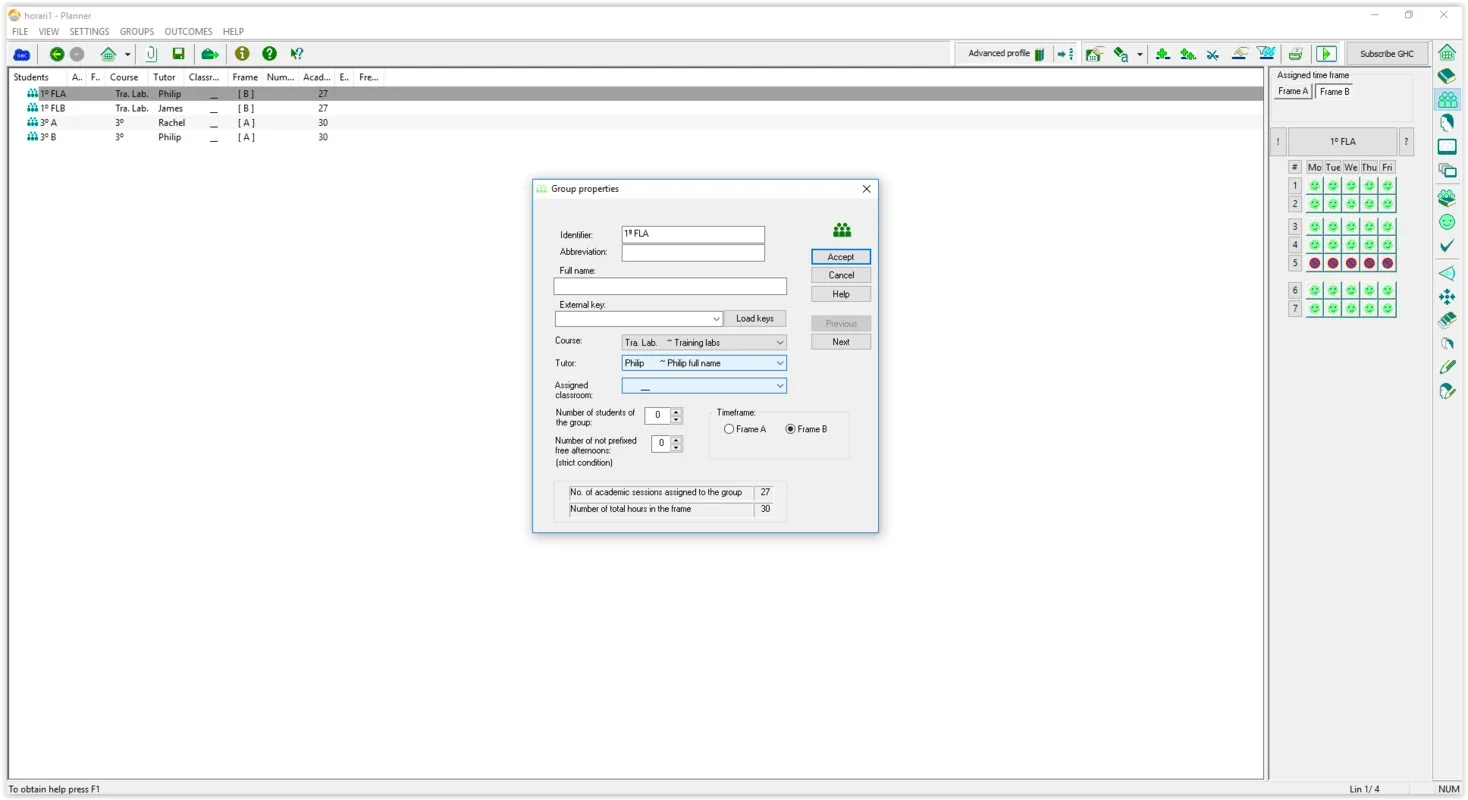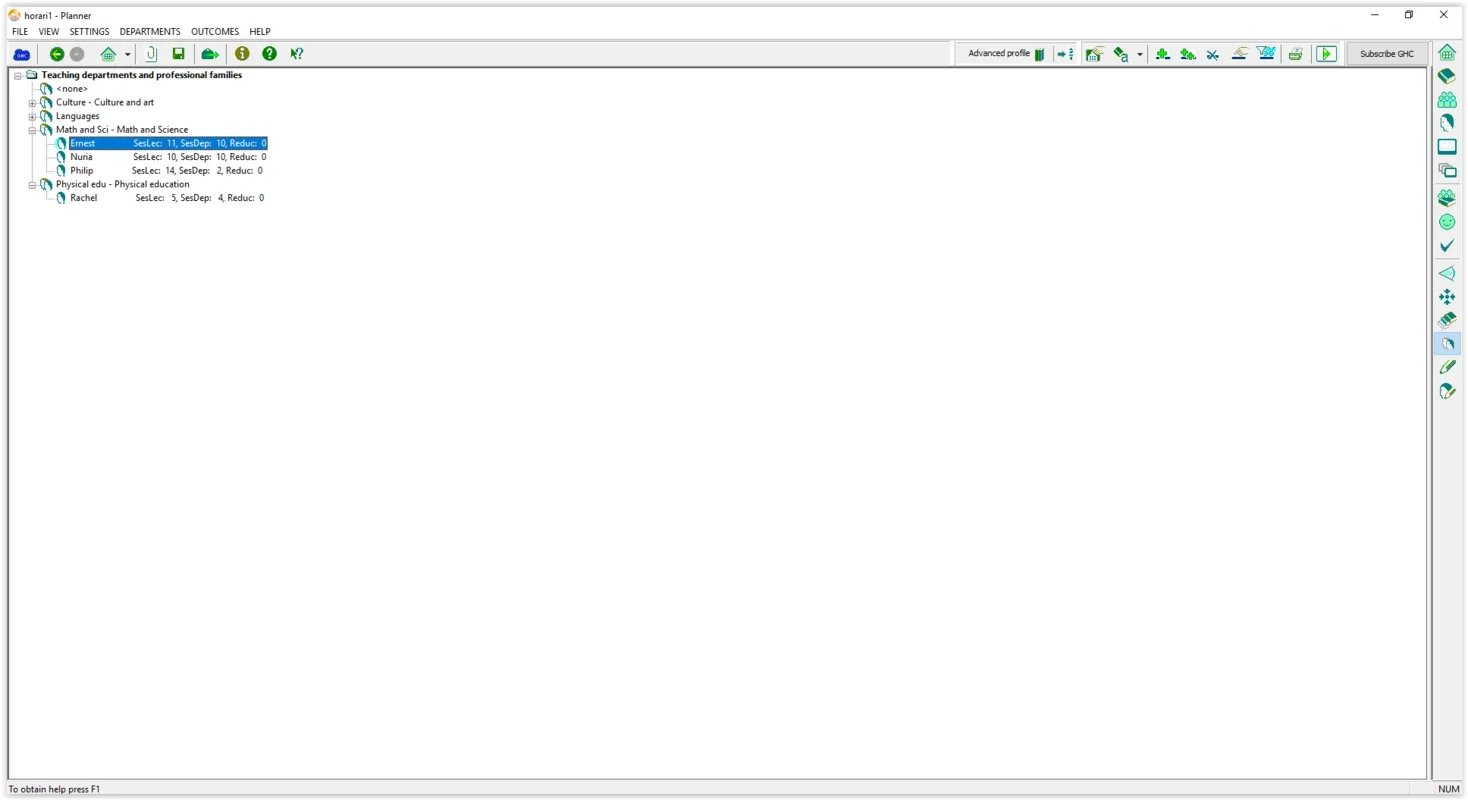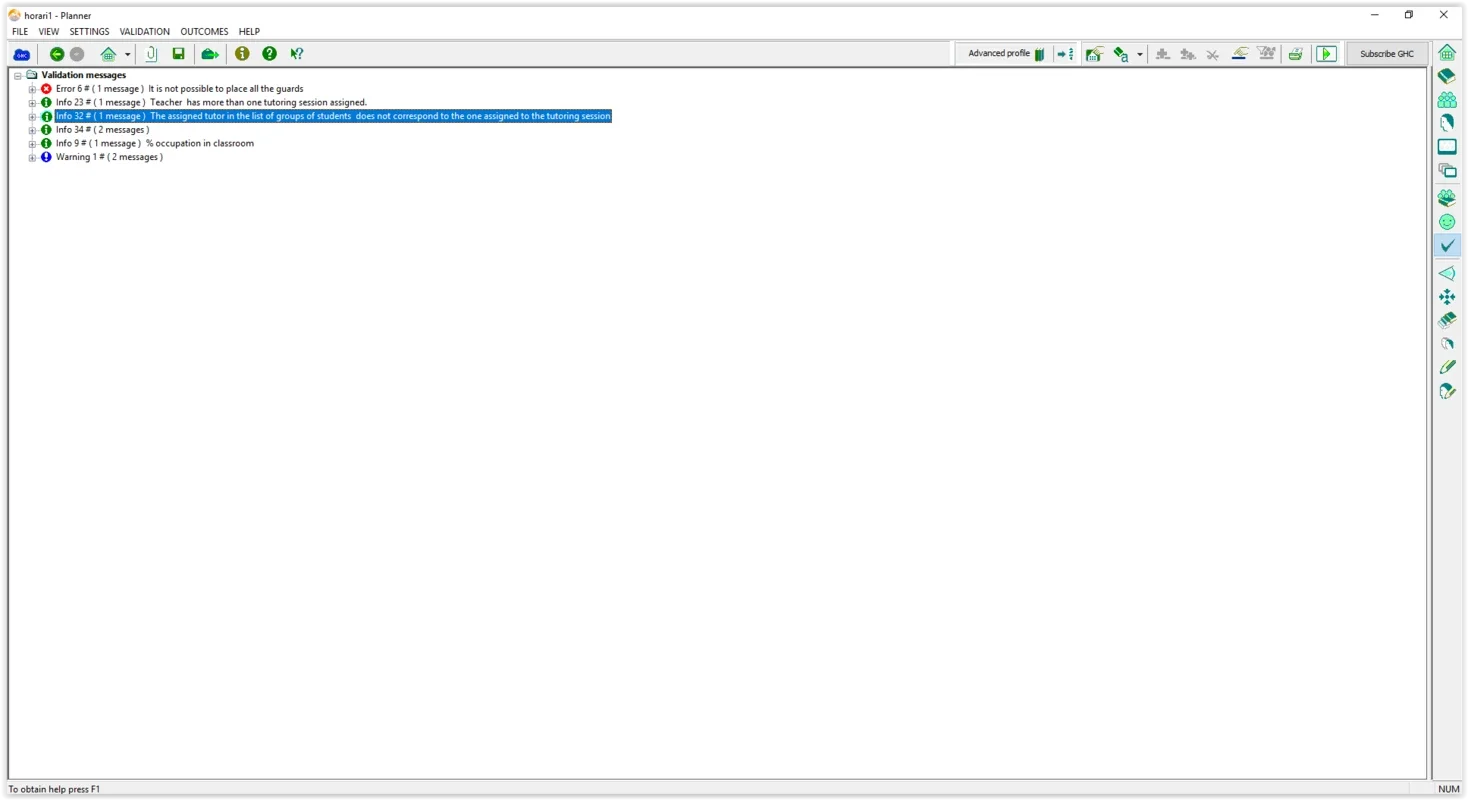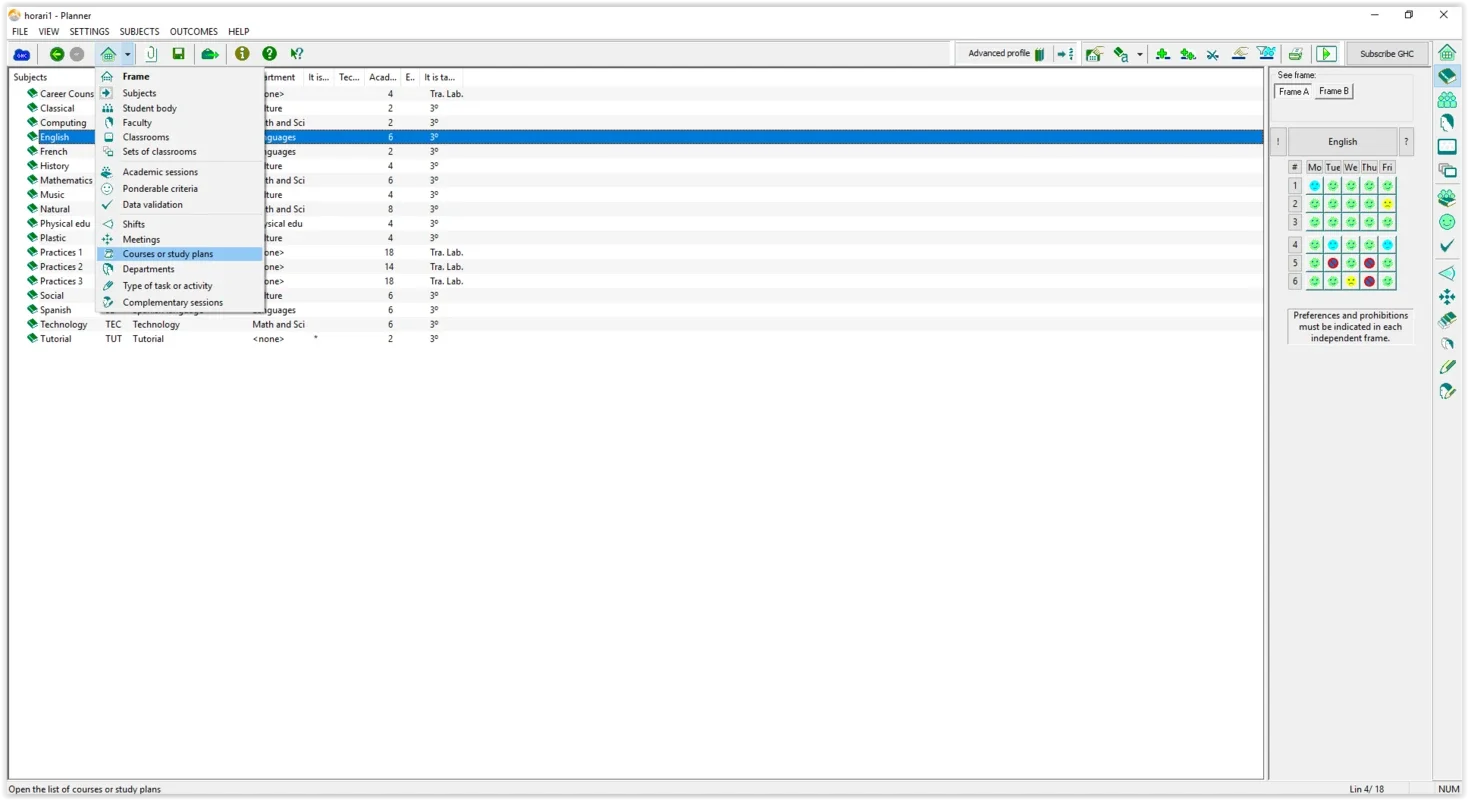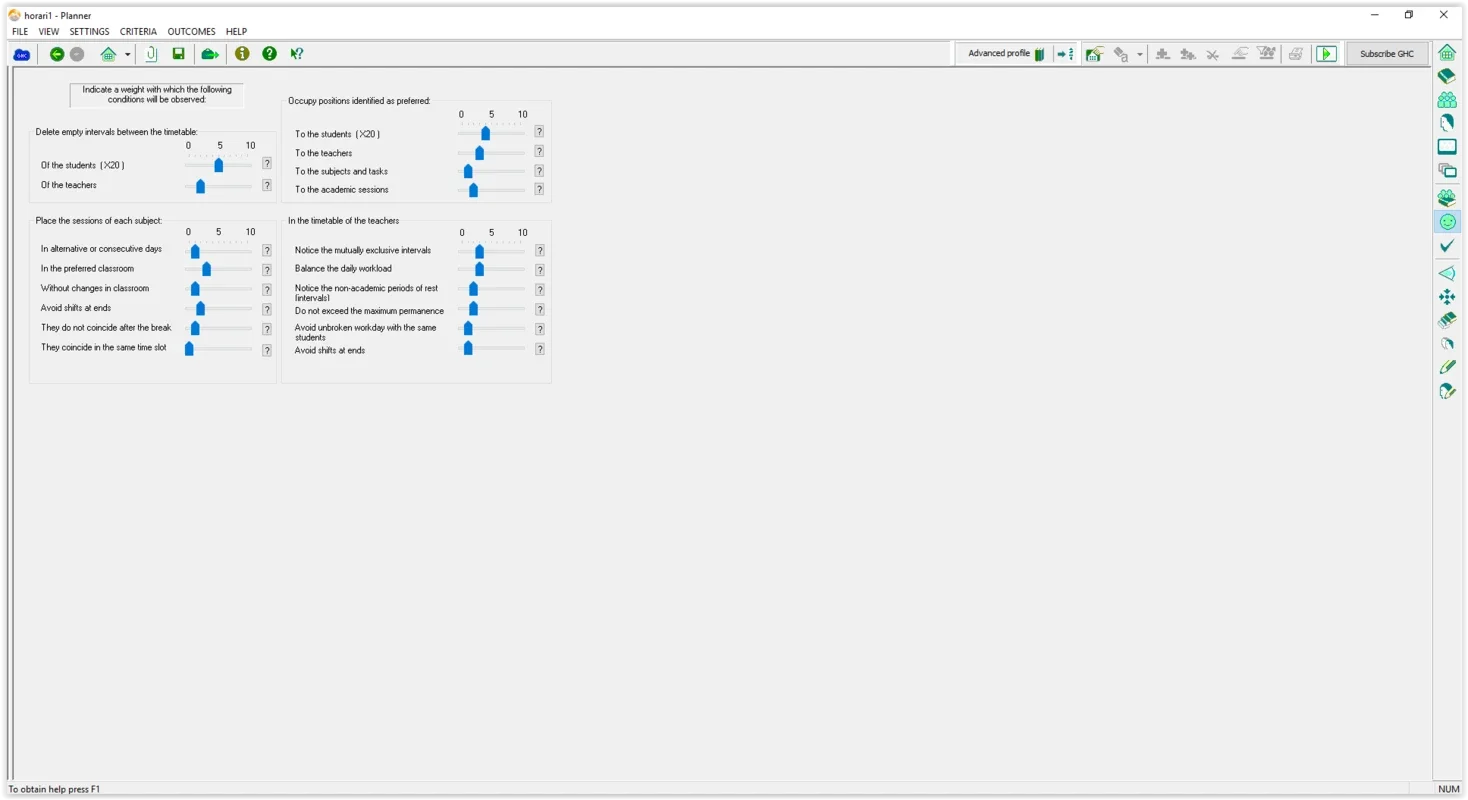Timetable software for educational institutions (GHC) App Introduction
Introduction
Timetable software for educational institutions (GHC) is a powerful tool that plays a crucial role in the efficient running of educational institutions. It is designed to simplify the complex task of creating and managing schedules for various aspects of an educational setting.
Features of the Timetable Software
Comprehensive Schedule Creation
The software enables the creation of a complete and detailed schedule. It allows for the inclusion of a wide range of information. Class units can be precisely scheduled, ensuring that each class has its allotted time. Students' schedules can be organized, taking into account their individual courses and activities. Notes can be added, which is useful for providing additional instructions or reminders. Dates are an essential part of the schedule, and the software accurately manages them. Assignments can be scheduled, helping teachers and students stay on top of their work. Tutorial sessions can also be incorporated, facilitating extra learning opportunities. Department meetings can be scheduled without any hassle, and the start and end times of the school day, along with breaks, are all accounted for. This open - configuration of information results in a highly detailed work plan for each teacher that is also easily editable.
Multiple Viewing Options
One of the great advantages of this timetable software is its different viewing options. For instance, it is possible to view all the staff's schedules for a particular day at once. This is extremely beneficial when it comes to scheduling meetings. It allows administrators or those in charge of scheduling to quickly identify free time slots for staff members and assign on - call - hours. This feature also helps in ensuring that there are no scheduling conflicts among the staff, which can lead to a more harmonious and efficient work environment.
User - Friendly Interface
The interface of the Timetable software for educational institutions (GHC) is both very functional and easy to learn. It guarantees that the schedules are precisely organized and presented in a clear manner. The use of color - coordinated subjects is a great addition. It allows users to quickly find the information they need at a glance. This is especially important in a busy educational environment where time is of the essence. Teachers, administrators, and other staff members can easily navigate through the software and access the relevant schedule information without any confusion.
Importance in Educational Institutions
For Teachers
For teachers, this software is a game - changer. It simplifies their work by providing a clear and organized schedule. They no longer have to worry about manually creating and managing complex schedules. With all the necessary information in one place, they can focus more on teaching and less on administrative tasks. The ability to easily edit the schedule also means that they can quickly make adjustments in case of any unforeseen changes, such as a sudden change in the class unit or a rescheduled tutorial session.
For Administrators
Administrators also benefit greatly from this software. They can oversee the entire schedule of the educational institution with ease. They can ensure that all departments are running smoothly and that there are no scheduling conflicts across different areas of the institution. The software also helps in resource allocation, as they can see which teachers are available at what times and allocate tasks or resources accordingly.
For Students
Although the software is mainly designed for teachers and administrators, students also indirectly benefit from it. A well - organized schedule means that classes are more likely to run on time, and there are fewer disruptions. This leads to a more conducive learning environment for the students. Additionally, if the software is used to schedule assignments and tutorial sessions, students can better plan their study time and stay on top of their academic work.
Comparison with Traditional Schedule Management
Manual Scheduling
Traditionally, schedule management in educational institutions was done manually. This involved a lot of paperwork and was extremely time - consuming. Teachers and administrators had to write down schedules, make changes by hand, and keep track of multiple copies. There was a high risk of errors, such as double - booking or mis - scheduling. In contrast, the Timetable software for educational institutions (GHC) automates the process, reducing the risk of errors and saving a significant amount of time.
Using Spreadsheets
Some institutions may have moved to using spreadsheets for schedule management. While spreadsheets can be more organized than manual methods, they still have limitations. Spreadsheets can be complex to set up and maintain, especially for large educational institutions with multiple departments and a large number of students. The Timetable software, on the other hand, is specifically designed for educational scheduling and offers more intuitive features and better organization.
Future Developments
As technology continues to evolve, we can expect the Timetable software for educational institutions (GHC) to also improve. There may be enhanced features such as better integration with other educational software, such as learning management systems. This would allow for a seamless flow of information between different aspects of the educational process. There could also be improvements in the user interface, making it even more user - friendly and accessible to a wider range of users. Additionally, with the increasing importance of mobile devices in education, we may see a mobile - friendly version of the software in the future, allowing teachers and administrators to access and manage schedules on the go.
Conclusion
The Timetable software for educational institutions (GHC) is an essential tool for modern educational institutions. It offers a wide range of features that simplify schedule creation and management. It benefits teachers, administrators, and students alike. Compared to traditional methods of schedule management, it is more efficient, accurate, and user - friendly. With the potential for future developments, it is likely to continue to play a significant role in the efficient running of educational institutions.
